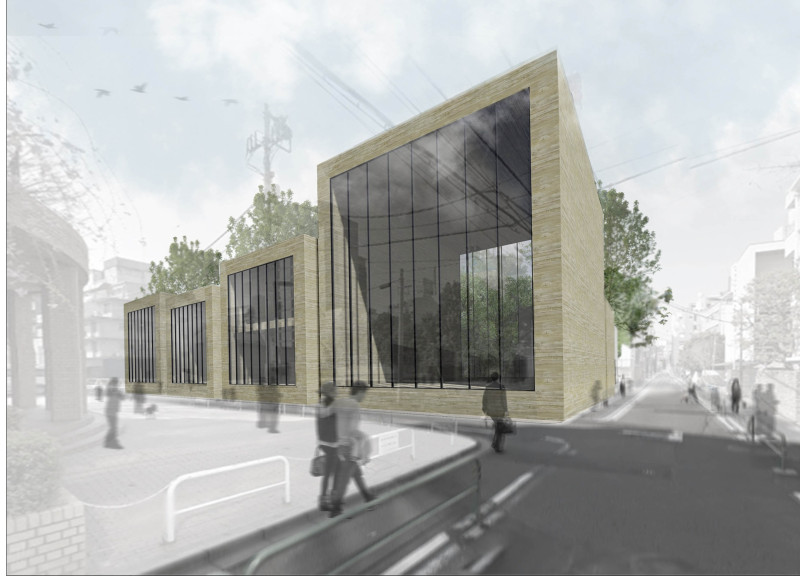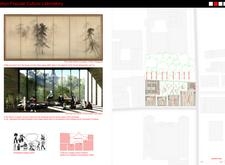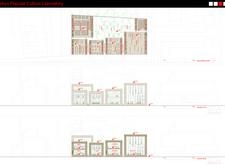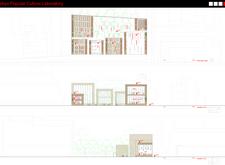5 key facts about this project
The architecture of the laboratory represents a thoughtful response to both the physical and social context of its surroundings. The building is designed not only as a workspace but also as a gathering place for individuals engaged in creative activities and cultural exchanges. By integrating various spatial configurations, the laboratory accommodates an array of functions, from quiet reflection to active collaboration, thereby responding effectively to the needs of diverse users.
Key to the design are several important elements that enhance both its functionality and aesthetic appeal. The laboratory features an internal garden, a significant design choice that reflects the principles of biophilic design. This garden not only connects the interior spaces with nature but also provides a tranquil environment that encourages creativity and inspiration. It serves as a communal area where individuals can gather, interact, and share ideas, reinforcing the laboratory's role as a cultural nexus.
The layout of the laboratory embodies flexibility, enabling users to adapt spaces for various purposes. The open-plan areas are seamlessly connected, allowing for fluid movement between different sections of the building. This modular approach facilitates everything from workshops to exhibitions, making the space highly versatile. The public interaction zones, characterized by wide entrances and transparent facades, invite the community to engage with the activities taking place within, promoting accessibility and dialogue between the creators and the public.
Materiality plays a vital role in the overall design and functions of the laboratory. Incorporating concrete, glass, and wood reflects a thoughtful balance between modern and traditional materials. Concrete provides the structure with strength and durability, while glass allows natural light to permeate the interiors, enhancing the overall ambiance. The use of wood adds warmth and a human scale, creating inviting spaces that are conducive to creative work. Each material has been selected not just for its functional properties but also for its ability to contribute to the atmosphere of the laboratory, reinforcing the cultural narrative that underpins the project.
The unique design approaches applied in the Tokyo Popular Culture Laboratory set it apart from conventional architectural spaces. The integration of landscape elements into the building’s framework is one such approach, as it promotes a direct connection between creativity and the environment. This approach encourages a dialogue between the indoor and outdoor elements, emphasizing the importance of nature in the creative process. Additionally, the laboratory employs innovative spatial configurations that prioritize user experience, ensuring that the design adapts to the evolving needs of its users.
Overall, the Tokyo Popular Culture Laboratory stands as a testament to the possibilities of modern architecture in engaging with cultural contexts. Its design encourages exploration, creativity, and community interaction, reflecting the diverse and dynamic nature of popular culture in Japan. Those interested in understanding the depth of this project are encouraged to explore the architectural plans, sections, designs, and ideas that shape this fascinating facility. By delving into these elements, readers can appreciate the thoughtful considerations that have gone into creating a space that is both functional and rich in cultural significance.


























